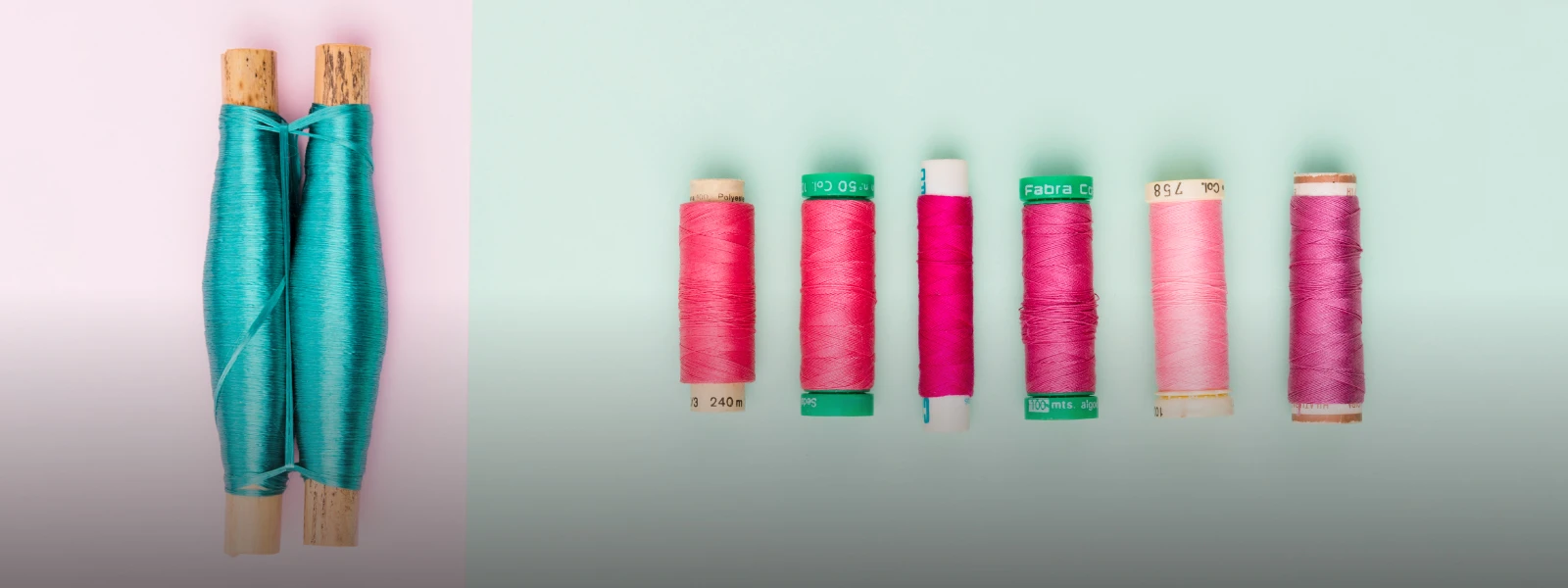Sun, May 1, 2022 12:00 AM
Types of Synthetic Fibers
Polyester and many other synthetic fibers are still used in the textile industry.
So it isn't only polyester but also different synthetic fabric still used in the textile industry with their usefulness.
Many people do not know what fabrics are made of natural or synthetic fibers. Then, it made the understanding that the differences between all fabrics could be difficult. In the same way, many people don't know how to choose suitable fabrics for specific applications.
In this case, some textiles are made of both natural and synthetic fibers. Thus, people often don't know if the yarn they pick is synthetic or not, especially understanding the differences between fabrics can be difficult. But, then, many people still do not know what fabrics are, whether made of natural or synthetic fibers.
Types of Synthetic Fibers with Properties and Uses
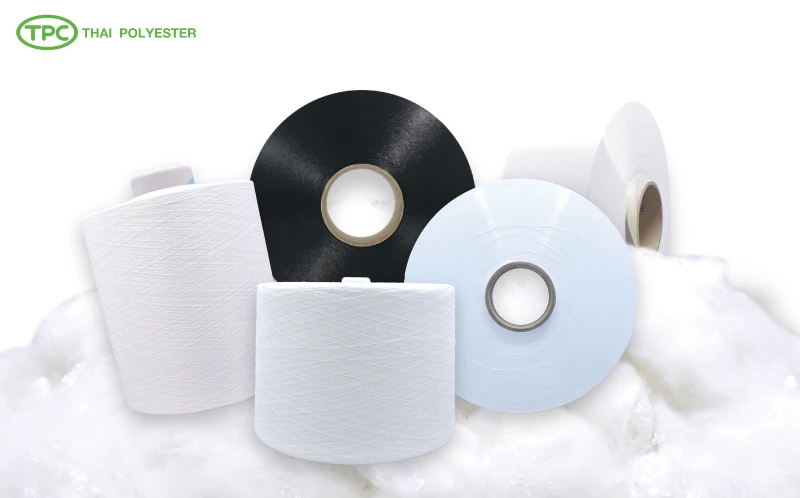
1. Polyester
Polyester fibers are synthetic fibers that are extremely useful in a wide variety of applications. In this case, it is used in textiles, garments, insulation, and other industrial applications. Moreover, it is included in some medical applications, and polyester fibers are useful in clothing because they do not crease. Then, the properties of polyester fibers are durable, heat and cold resistant, stain-resistant, and easy to clean, especially commonly used in clothing, blankets, home decorations, carpets, automotive materials. and other textiles.
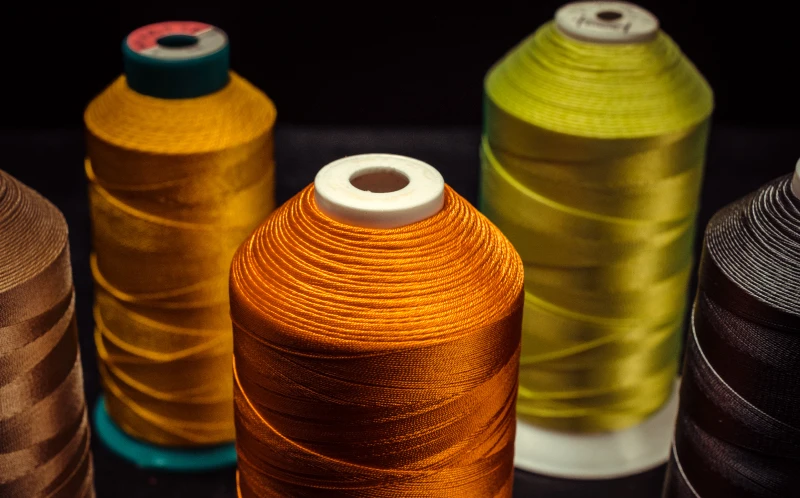
2. Rayon
Rayon is a manufactured fiber from cellulose mixed with chemicals with a new synthetic to produce fabrics that mimic natural fibers. In this case, it is also known as artificial silk because it is soft and luxurious, like silk with softness and a luxurious feel. Additionally, it has many uses in clothes, such as skirts, blouses, dresses, and suits.

3. Spandex
Spandex, also known as Lycra or Elastane with a very flexible synthetic fiber that has the flexibility and durability to be stretched 6-7 times. In this case, the original length. Spandex is blended with a variety of fibers to increase flexibility. Then this makes it suitable for clothing, such as leggings, tights, tights, bodysuits, swimwear, tights, and other clothing to be worn close to the skin.
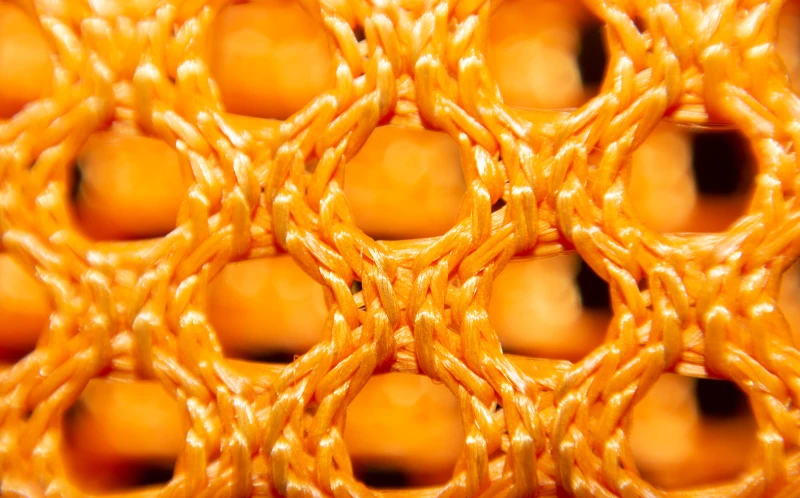
4. Nylon
Nylon is a thermoplastic polyamide with many features that make it versatile, such as clothing, upholstery, and auto parts. Then, Nylon can use in many medical devices, fishing lines, net ropes, and cables. With this case, it is often mixed with other materials. As a result, it creates new fabrics with different properties or improves the original material's performance in specific applications, such as heat resistance or strength.
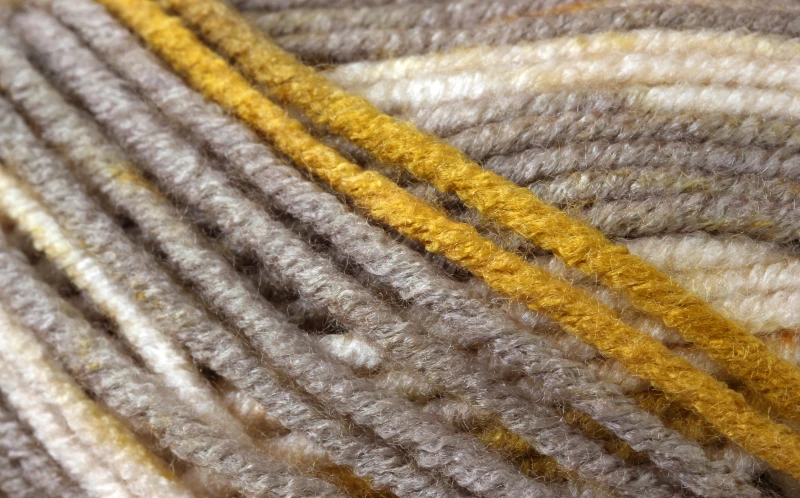
5. Acrylic
Acrylic fibers are soft, puffy, lightweight synthetic fibers that resemble wool. Then, it can be used in many ways because it is durable with flame retardant properties and easy to clean. Additionally, Acrylic fibers can use for various applications such as sweaters, hats, scarves, socks, blankets, carpets, furniture upholstery, bedding, curtains, and others.
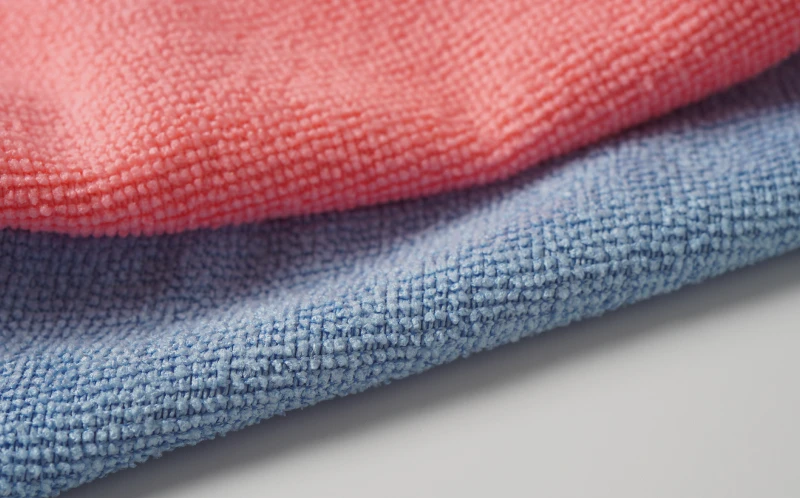
6. Microfiber
Microfiber is a skinny and short fiber with a diameter of fewer than 10 micrometers, and it is commonly used to make wipes because it has good absorbency properties. However, it does not leave water marks to create wrinkles.
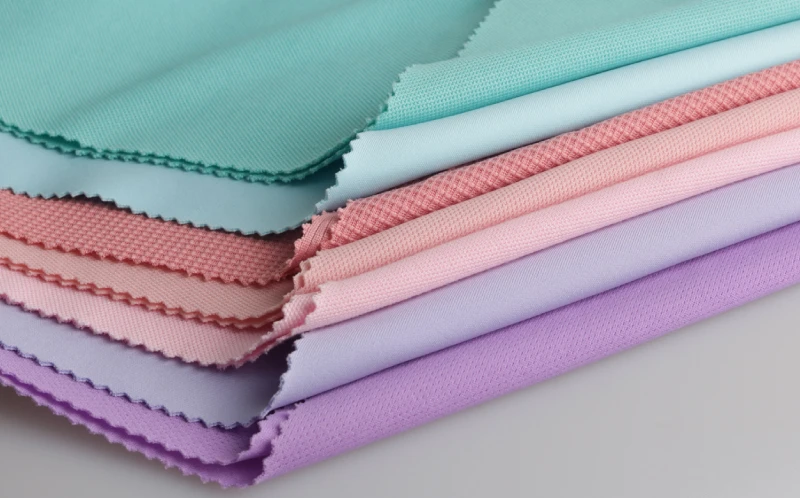
Unfortunately, some people have false beliefs. For example, only natural fibers are durable. In this case, it is a misunderstanding because the truth is some synthetic fabrics are more durable than others. For example, polyester is one of the most durable fabrics for all weather conditions, affordable and versatile.
Therefore, it involves understanding the differences between different types of fabrics. In this case, our Jong Stit brand must want you to notice fabrics and textiles easier. Thus, we collect every detail about fabrics ranging from different types with the experts to advise on every fabric you need.
*** For more information about fabrics, don't hesitate to contact us, "Jong Stit."
